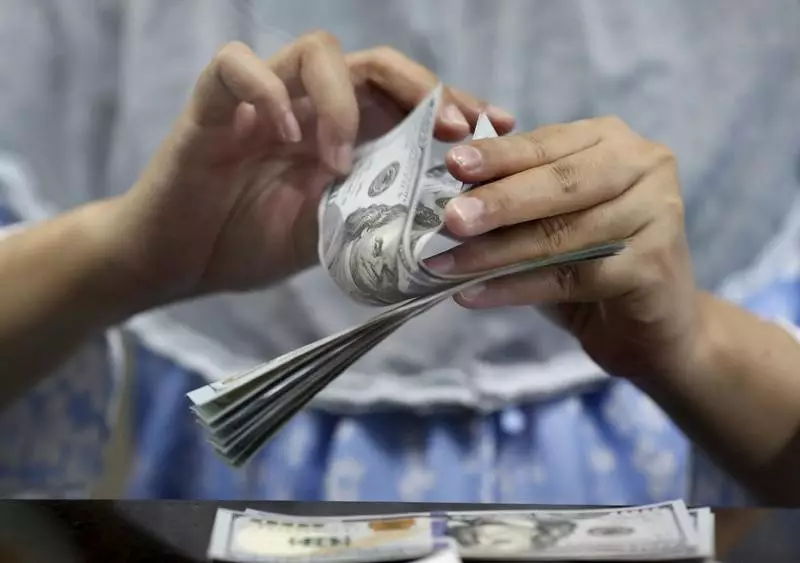The financial ecosystem is in a state of flux as the 2024 presidential election approaches, and the so-called “Trump trade” has made headlines once more. Donald Trump’s candidacy for a return to the White House has sparked renewed interest in the U.S. dollar, reflecting investor sentiment about his potential resumption of office. With recent polls indicating that Trump is gaining momentum against Vice President Kamala Harris, traders are increasingly betting on the dollar’s strength should he win. This schism in expectations sets the tone for a nuanced discussion on the dollar’s potential trajectory in the near future.
Short-Term Gains vs. Long-Term Outlook
UBS’s recent commentary sheds light on the complex predictions surrounding the dollar’s performance during this political upheaval. While the immediate reaction in the markets has shown a lift in the dollar, UBS suggests caution. Their analysis emphasizes that any rallies fueled by Trump’s candidacy may not indicate a sustainable upward trend for the greenback. Instead, they see these movements as temporary spikes that should be utilized as opportunities for profit-taking rather than indications of a robust future for the dollar.
The intricacies of political events and their bearing on economic indicators complicate the outlook. Historically, periods of uncertainty and significant political transitions—especially those associated with Trump—have led to volatile market reactions. As investors react emotionally to potential outcomes, currencies often experience exaggerated movements. UBS highlights this phenomenon, suggesting that while a Trump victory could initially bolster the dollar, the long-term forecast is less rosy. The firm anticipates a decrease in the dollar’s value, forecasting the euro-dollar exchange rate to move toward 1.16 by 2025, further emphasizing the cautious approach they advocate.
The Implications of Market Sentiment
Market sentiment is a powerful force, and as investors increasingly price in a potential Trump victory, the reactions seen in foreign exchange markets are reflective of this sentiment. The dollar’s rise, dubbed the “Trump trade,” might cater to short-term strategies where the focus is predominantly on immediate profit potential. However, UBS warns that leveraging this sentiment can lead to miscalculation if the expected long-term benefits fail to materialize.
Furthermore, the question arises regarding the reasons behind the dollar’s perceived strength. While political leadership can influence policy frameworks that affect economic stability, the complexity of global trade dynamics and economic relations means that transient political factors may not yield the expected economic benefits. If Trump’s presidency were to introduce heightened volatility or unexpected economic policies, investor optimism could shift rapidly, undermining the dollar’s strength.
The dollar’s recent appreciation in anticipation of a potential Trump victory offers a fascinating case study of how political narratives can shape market dynamics. The insights from UBS prompt investors to proceed with caution; while the prospect of short-term gains might be appealing, the prospect of long-term downside risks cannot be overlooked. As uncertainty reigns leading up to the election, staying informed and adaptable will be crucial for those navigating these turbulent financial waters.

